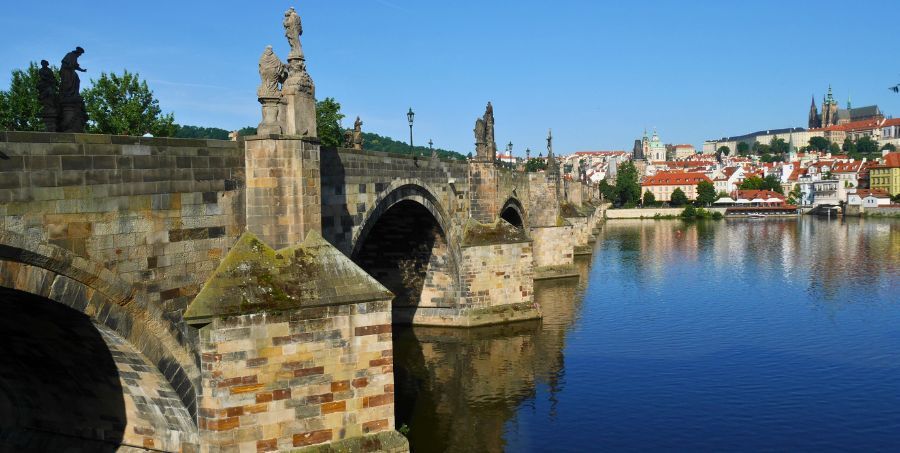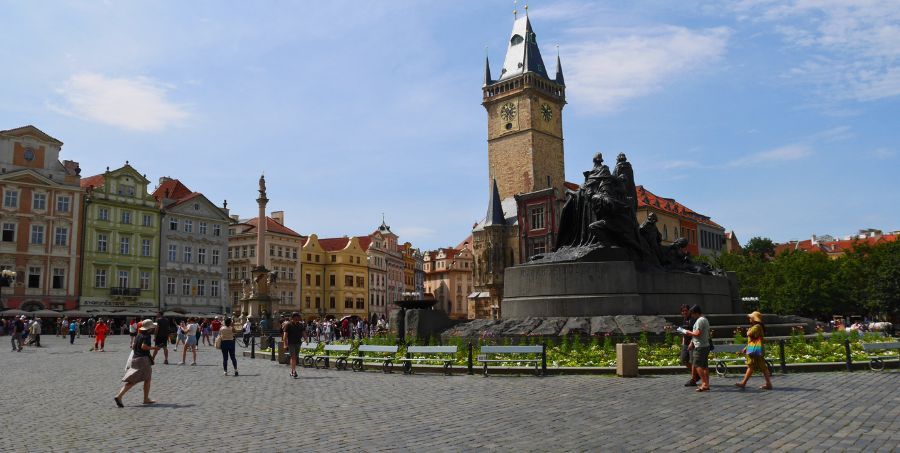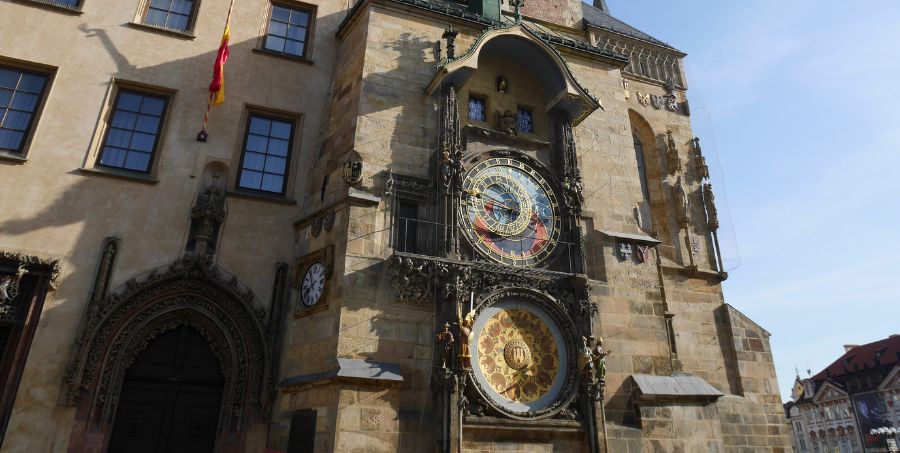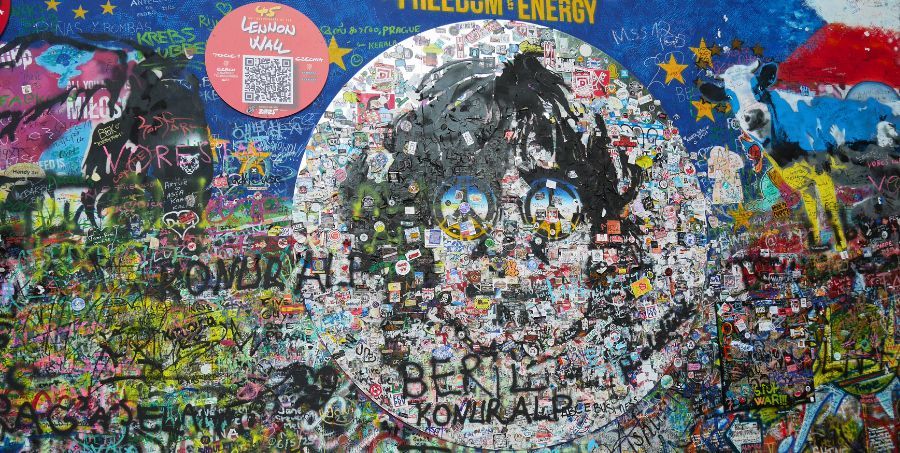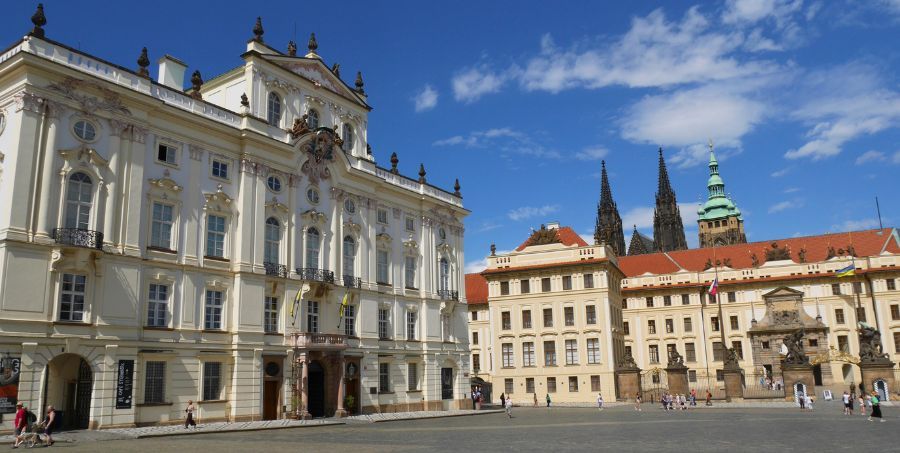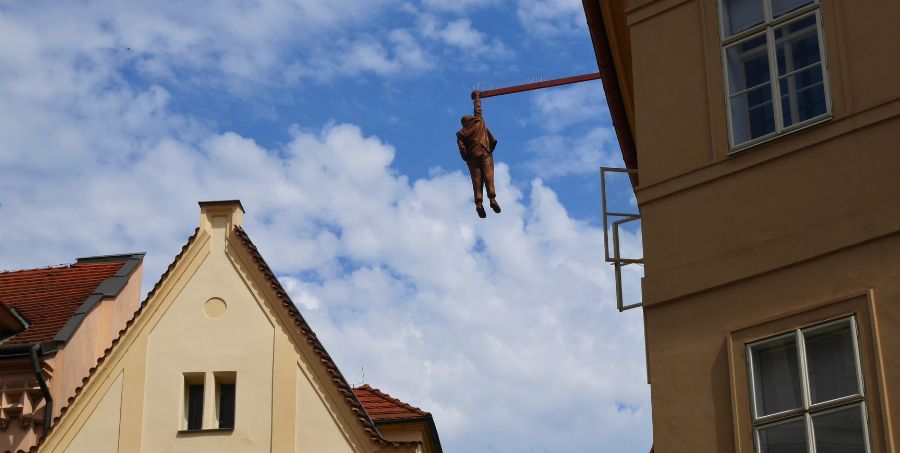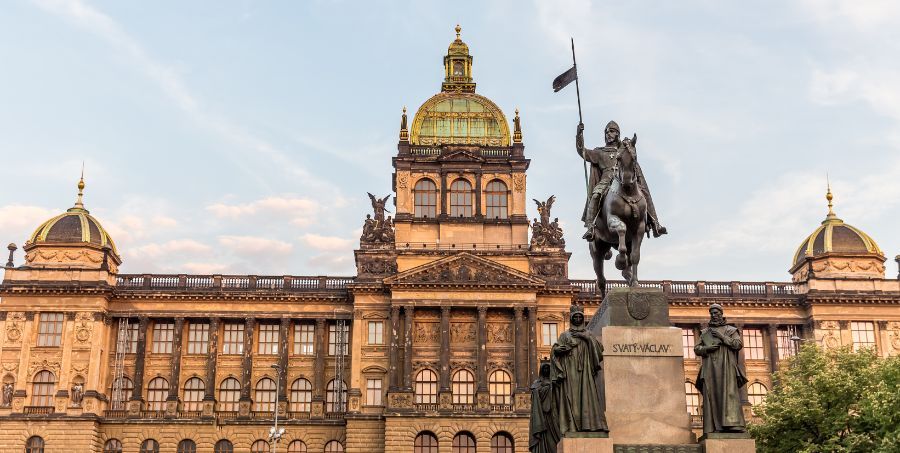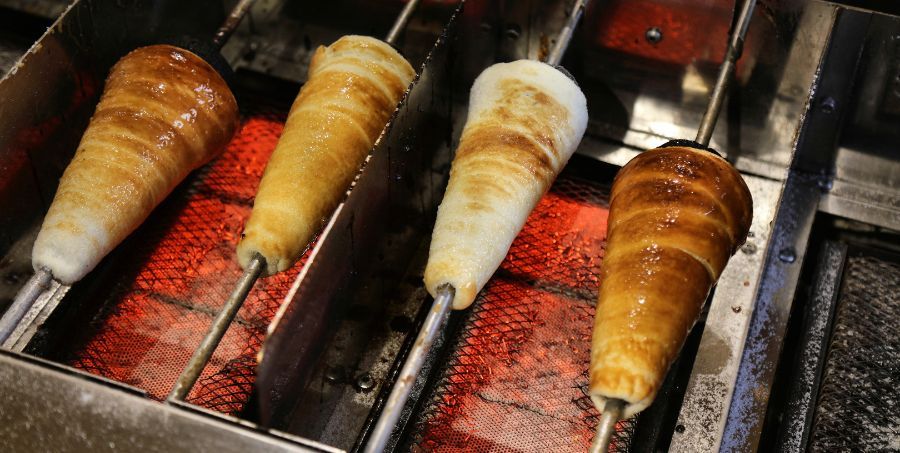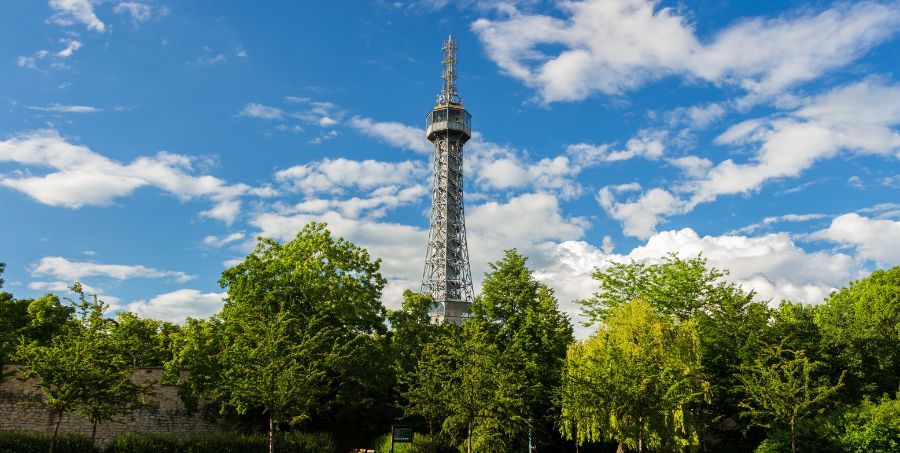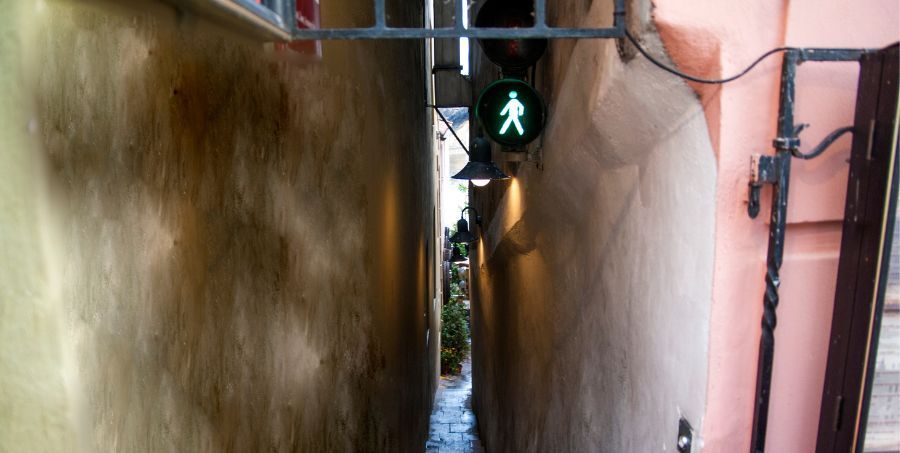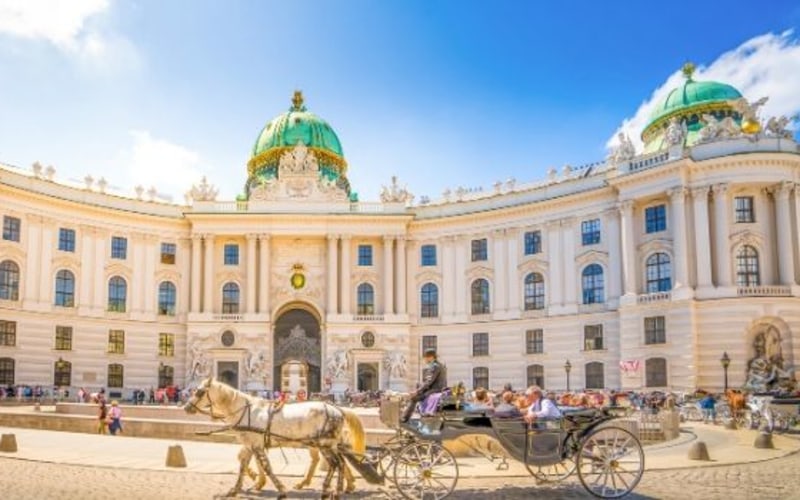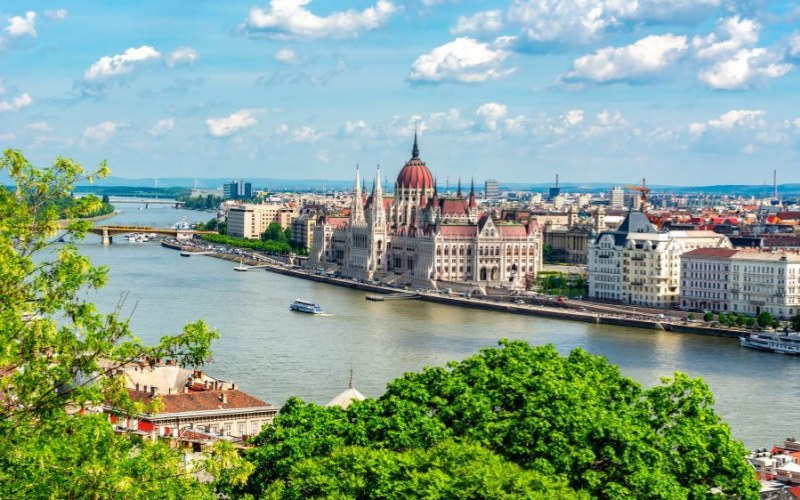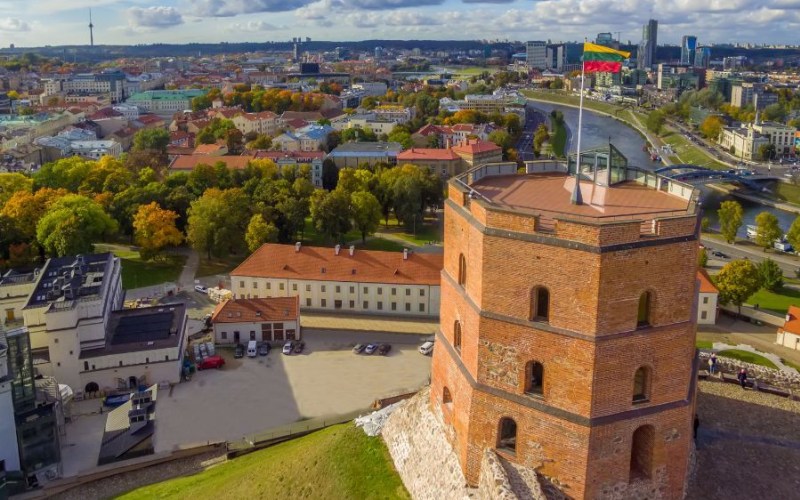Known as the ‘City of a Hundred Spires’, Prague is a vibrant European capital that seamlessly balances its medieval heritage with modern life. It is home to soaring gothic cathedrals, elegant baroque palaces, distinctive modernist buildings from the communist era, and striking contemporary art installations, all woven together within its atmospheric streets and lively neighbourhoods. Whether it’s your first time in the capital of the Czech Republic or you’re returning to explore further, there are plenty of places and experiences to enjoy. Here are some of the top sights and experiences to discover in Prague.
Charles Bridge
Built in the 14th century under King Charles IV, Charles Bridge remains one of Prague’s most recognisable landmarks. Stretching across the Vltava River, it is lined with 30 baroque statues depicting saints and important religious figures. It’s a lovely place to stroll and take in the scenery. We suggest going early in the morning for a quieter, more peaceful walk before the big crowds arrive.
Old Town Square
The Old Town Square is Prague’s historic centre, surrounded by gothic, renaissance, and baroque buildings. Here you’ll see the Church of Our Lady before Týn with its distinctive twin towers, the pastel-coloured Kinský Palace, and the Old Town Hall. The square is always lively, with cafés lining the cobbled streets and seasonal markets selling local crafts and food. It’s especially magical in winter when the Prague Christmas Markets fill the square with festive lights, decorated stalls, and the scent of mulled wine and traditional treats. It’s an ideal spot to sit with a coffee and take in the atmosphere of a place that has remained largely unchanged for centuries.
Astronomical Clock
Located on the Old Town Hall since 1410, the astronomical clock is both an impressive piece of medieval engineering and a cultural treasure. Between 8:00 AM and 11:00 PM, the mechanical figures of the Twelve Apostles appear in the windows above the dial every hour on the hour. Below them, a skeleton representing Death rings a bell, serving as a reminder of the brevity of life. Beyond the moving figures, the clock face shows astronomical details, zodiac signs, and old Bohemian time, reflecting Prague’s scientific knowledge in the Middle Ages. We recommend visiting first thing in the morning to enjoy it without the usual rush.
Prague Museums
Prague has a range of museums that are well worth visiting to gain a deeper understanding of the country’s history and culture:
- Kafka Museum: Learn about Franz Kafka, one of Prague’s most famous writers, through exhibits showcasing his life, letters, and works that continue to influence literature today.
- Museum of Communism: Discover what life was like under communist rule, with displays on propaganda, censorship, the secret police, and everyday experiences during that time.
- National Museum of Prague: Located at the top Wenceslas Square, the National Museum has everything from natural history and archaeology to art and Czech heritage, all housed in an impressive historic building.
- Museum of Alchemy: This quirky museum explores Prague’s alchemical history, featuring reconstructed laboratories, underground passageways, and displays about medieval experiments.
John Lennon Wall
Following John Lennon’s death in 1980, an anonymous artist painted a mural of him on the wall as a tribute. Tucked away in the Lesser Town, it quickly became a place where young Czechs added Beatles lyrics and political graffiti as a quiet act of defiance against the communist regime. Even though authorities kept trying to paint over it, people returned again and again. Today, the John Lennon Wall continues to reflect contemporary issues and is occasionally repainted, covered in colourful messages of peace by artists. It remains a strong symbol of freedom of expression in Prague.
Prague Castle
Prague Castle is more than just a fortress; it’s a vast complex of palaces, courtyards, gardens, and churches dating back to the 9th century. It has been home to Bohemian kings, Holy Roman Emperors, and now the Czech president. Inside, St. Vitus Cathedral stands out with its gothic spires, stunning stained glass, and the tomb of St. Wenceslas. Nearby, Golden Lane is lined with tiny colourful houses that once housed castle guards and goldsmiths. For a short time, one of these houses was occupied by Franz Kafka, a famous Czech writer. Don’t miss the changing of the guards at the main gates, especially the ceremonial midday change. Allow a few hours to explore, as each part reveals a different piece of Czech history.
David Cerny Statues
David Cerny is one of Prague’s most famous contemporary artists, known for his playful yet thought-provoking sculptures. Some of his well known pieces in Prague include:
- Babies outside Museum Kampa: These large bronze babies are located just outside Museum Kampa. Their faces are replaced with barcode-like slots, making them slightly unsettling. They reflect Černý’s commentary on how modern society can strip away individuality. You can also see similar baby sculptures crawling up Žižkov TV Tower.
- The upside-down horse in Lucerna Passage: This sculpture shows St. Wenceslas riding an upside-down dead horse. It’s Černý’s way of poking fun at traditional symbols of power and national pride.
- Metalmorphosis: Near Národní třída, this mirrored head of Franz Kafka slowly rotates in layers, creating a shifting, fragmented face that reflects Kafka’s complex writing.
- Piss: Outside the Franz Kafka Museum, this sculpture shows two men urinating into a pond shaped like the Czech Republic. Their streams spell out Czech quotes, blending humour with a cheeky commentary on national identity.
- Statue of Sigmund Freud (Man Hanging Out): This sculpture shows Freud dangling by one hand above a street in the Old Town. It surprises people when they look up and is thought to represent human anxiety and uncertainty.
Beer Spas & Beer Museums
Prague is the perfect place to experience Czech beer culture in different ways. You could relax in a beer spa, soaking in warm water mixed with hops and brewer’s yeast, which is said to be good for your skin and circulation, all while enjoying a cold Czech beer on tap. If you’re curious about the history behind it, there are beer museums around the city that showcase traditional brewing methods, old tools, and explain how beer became such a big part of Czech life. Tastings are usually included in the end.
Wenceslas Square
Wenceslas Square is the commercial and social hub of modern Prague. Despite its name, it is actually a wide boulevard lined with shops, hotels, restaurants, and banks. At the top stands the statue of St. Wenceslas, patron saint of Bohemia, in front of the grand National Museum. Historically, this square has been the centre of major political events, including the Velvet Revolution in 1989 that ended communist rule. Today, it retains its role as a gathering place for celebrations, protests, and public events.
Food and drink in Prague
Prague offers plenty of hearty traditional dishes to try:
- Svickova: Marinated beef sirloin served with a creamy vegetable sauce and bread dumplings.
- Vepro knedlo zelo: Roast pork with sauerkraut and bread dumplings, a classic Czech comfort food.
- Gulas: Czech-style goulash, a rich beef stew usually served with bread dumplings or dark bread.
- Smazeny syr: Fried cheese, often served with tartar sauce and chips, popular as a quick pub meal.
- Trdelnik (chimney cake): Sweet pastry rolled in sugar and cinnamon, baked on a spit and often sold from street stalls, sometimes filled with ice cream or Nutella.
- Czech beer: No meal is complete without a glass of local beer, with brands like Pilsner Urquell, Staropramen, and Kozel found in almost every pub and restaurant.
- Slivovice: A strong plum brandy popular across the Czech Republic. Moravian wine: Especially white wines, which are produced in the southern regions and often served in Prague’s wine bars.
- Kofola: A Czech soft drink similar to cola but with a more herbal, less sweet taste, widely enjoyed by locals.
Petrin Tower
Modelled after the Eiffel Tower, Petrin Tower sits atop Petrin Hill. You can climb it or take the funicular to enjoy panoramic views across Prague’s rooftops, castle, and beyond. Petrin Tower, built in 1891, was inspired by Paris’ Eiffel Tower but is only 63 metres tall. Situated on Petrin Hill, it still offers panoramic views over Prague’s red rooftops, the river, and castle complex. You can reach it by climbing through rose gardens and woodlands or taking the historic funicular railway.
Unusual things to do in Prague
Here are some quirky and lesser-known experiences to enjoy in Prague:
- Find the narrowest street in Prague: In Malá Strana, discover this tiny alleyway so narrow it has traffic lights for pedestrians to take turns passing through.
- Train Restaurant Prague: For a playful dining experience, visit Restaurant Výtopna where model trains deliver your drinks directly to your table along miniature tracks. It’s a fun stop for rail enthusiasts, combining Czech beer and cuisine with playful engineering.
- Visit the Giant Metronome: In Letná Park, see this huge working metronome built on the site of a former Stalin monument. It’s an unexpected landmark with great views over the city.
Take a day trip to Kunta Hora
Only an hour from Prague on the train, Kutná Hora is known for the striking Sedlec Ossuary, also called the Bone Church, and the impressive Gothic St. Barbara’s Church. This former silver mining town once rivalled Prague in wealth, and today its historic streets are part of a UNESCO World Heritage Site, making it a great place for a day trip filled with history and architecture.
Want to uncover the top landmarks and experiences in Prague?
Prague is a city that offers something for everyone, from history and architecture to art and food, all wrapped up in its unique atmosphere. It’s even better explored with a local guide who can share stories and insights you might otherwise miss. Experience it for yourself on one of our holidays to Prague and see why this city captures the hearts of so many.

